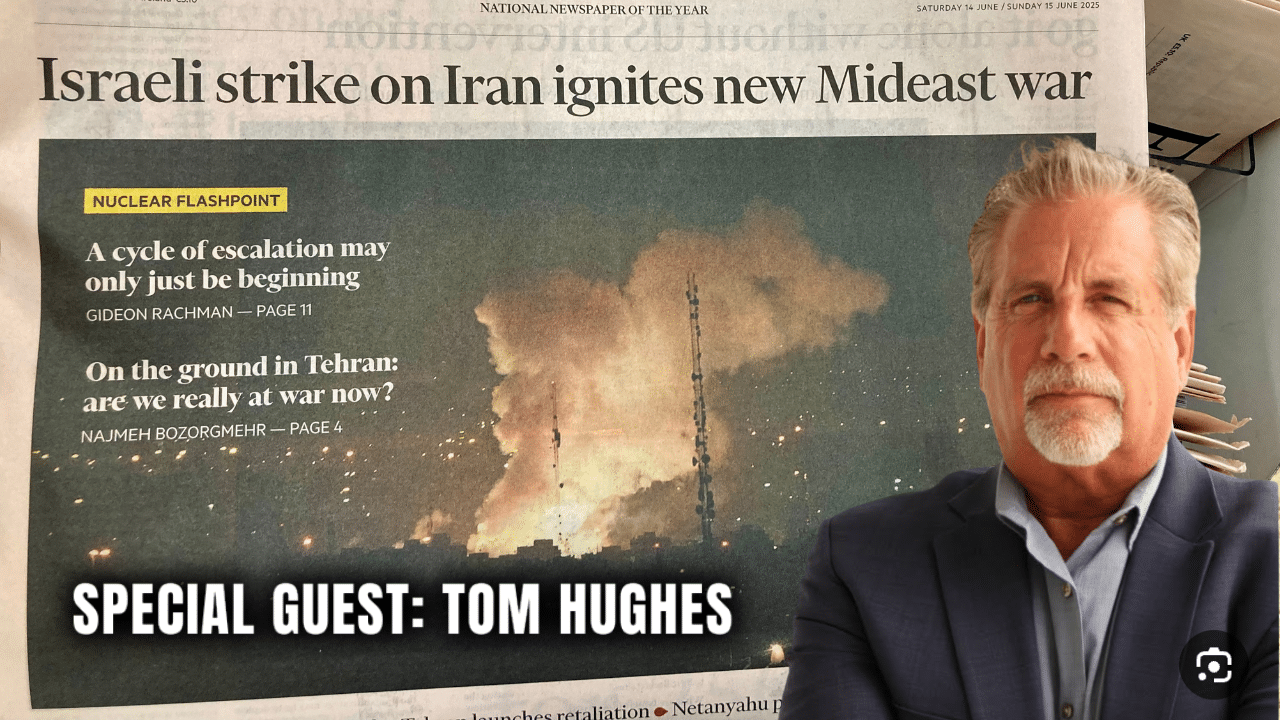Reports have surfaced of Russian warplanes detected flying off the coast of Alaska, raising concerns about escalating tensions between the United States and Russia.
While the aircraft remained in international airspace, their presence within the Air Defense Identification Zone (ADIZ) prompted a flurry of news coverage and speculation.
Drawing from multiple sources, this article examines the incident, its implications, and the broader context of such military maneuvers.
According to military officials cited by the Daily Mail, Russian warplanes were spotted off Alaska’s coast, an area monitored by the U.S. and Canadian militaries through the North American Aerospace Defense Command (NORAD).
The ADIZ extends beyond sovereign U.S. airspace, serving as a buffer zone where unidentified aircraft are tracked for security purposes.
Authorities did not disclose the number or type of aircraft involved, nor their specific intentions, but confirmed the planes did not enter U.S. sovereign territory.
Posts on X echoed the Daily Mail report, with users sharing links to the story and expressing alarm. While these posts reflect public sentiment, they offer no additional details beyond the initial reporting.
Such incidents are not unprecedented. Russian military aircraft, often long-range bombers like the Tu-95 Bear, have periodically flown near U.S. airspace, particularly around Alaska, which lies close to Russia’s eastern border across the Bering Strait.
A 2024 report from CNN noted similar occurrences, with NORAD intercepting Russian planes in the Alaska ADIZ multiple times annually.
These flights are typically seen as tests of U.S. and Canadian air defense responsiveness. While provocative, they rarely escalate beyond routine intercepts by fighter jets, such as F-22s or CF-18s.
The BBC has previously reported that Russia conducts these missions to project power and assert its military presence, especially amid strained relations with the West.
The April 2025 incident follows ongoing geopolitical tensions, including Russia’s actions in Ukraine and U.S. sanctions on Russian entities. However, without official statements from Moscow, the exact purpose of this flight remains speculative.
NORAD’s response, as covered by Reuters in similar past incidents, typically involves monitoring and, if necessary, escorting foreign aircraft to ensure they do not violate sovereign airspace.
In this case, no reports confirmed whether U.S. or Canadian jets were scrambled, suggesting the incident may have been deemed non-threatening. The lack of detailed Pentagon commentary, as noted in the Daily Mail article, leaves room for interpretation about the event’s severity.
Public reaction, gauged through X posts, ranged from concern to sensationalism. Some users described the event as “terrifying,” while others questioned its significance, noting that ADIZ incursions are routine.
These posts, while amplifying the story, underscore the need for verified information, as social media can exaggerate or distort military encounters.
The timing of the incident—amid global focus on conflicts in Eastern Europe and the Middle East—adds to its perceived weight.
Al Jazeera has reported on Russia’s efforts to flex its military muscle globally, including joint exercises with allies like China.
Flights near U.S. territory could serve as a reminder of Russia’s reach, potentially in response to NATO’s increased presence in Eastern Europe.
However, analysts caution against overreaction. A 2023 Washington Post article on similar Russian flights emphasized that these are often choreographed displays rather than precursors to conflict.
The ADIZ is not a no-fly zone, and international law permits such flights, provided they remain outside sovereign airspace. Still, each incident risks miscalculation, particularly if communication between militaries falters.










